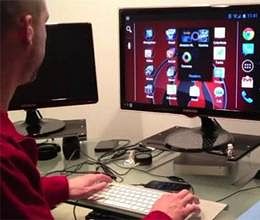
The computer programme can make associations between things to obtain common sense information that people just seem to know without ever saying - that cars often are found on roads, that buildings tend to be vertical and that ducks look sort of like geese.
The computer programme called the Never Ending Image Learner (NEIL) is running 24 hours a day at Carnegie Mellon University, searching the Web for images, doing its best to understand them on its own and, as it builds a growing visual database, gathering common sense on a massive scale.
NEIL leverages recent advances in computer vision that enable computer programmes to identify and label objects in images, to characterise scenes and to recognise attributes, such as colours, lighting and materials, all with a minimum of human supervision.
In turn, the data it generates will further enhance the ability of computers to understand the visual world.
Based on text references, it might seem that the colour associated with sheep is black, but people - and NEIL - nevertheless know that sheep typically are white.
"Images are the best way to learn visual properties," said Abhinav Gupta, assistant research professor in Carnegie Mellon's Robotics Institute.
"Images also include a lot of common sense information about the world. People learn this by themselves and, with NEIL, we hope that computers will do so as well," said Gupta.
A computer cluster has been running the NEIL programme since late July and already has analysed three million images, identifying 1,500 types of objects in half a million images and 1,200 types of scenes in hundreds of thousands of images.










